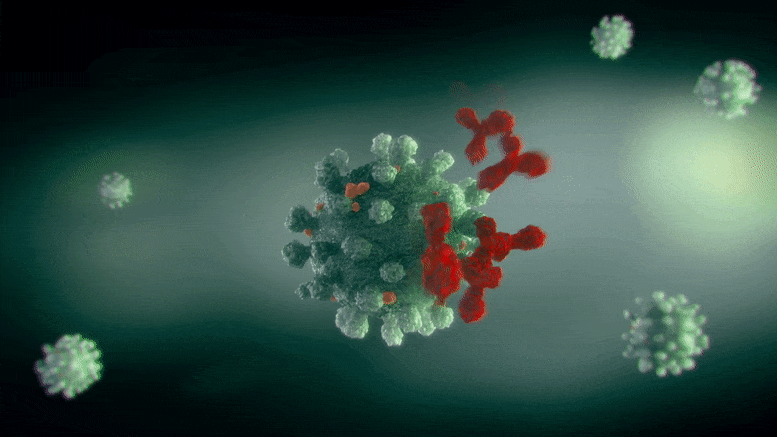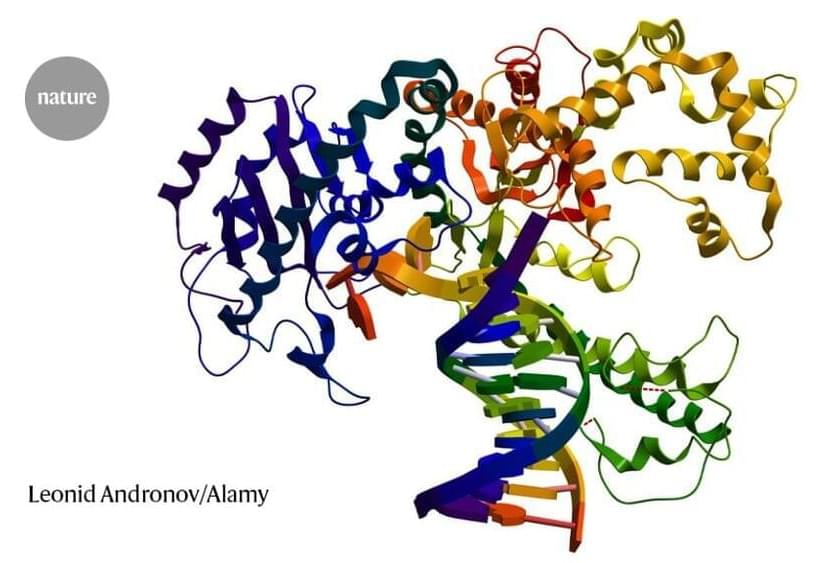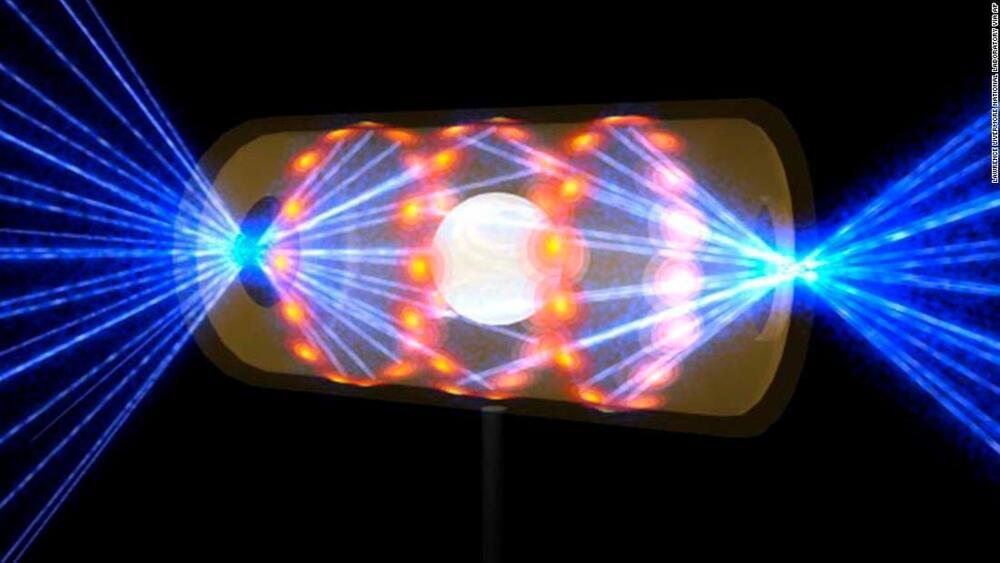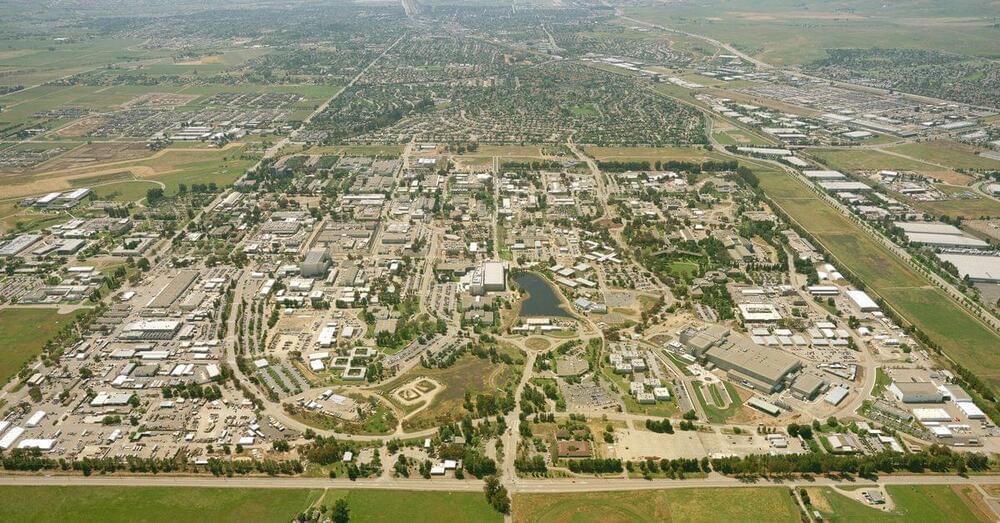JWST makes a spectacular debut, AI gets creative, giant bacteria surprise, and the year’s other big advances in science.
Category: innovation – Page 135

Coronavirus Cure Breakthrough — Scientists Have Found a Potential Basis
Researchers have discovered that salen can effectively bind a number of proteins of the coronavirus SARS-CoV-2.
Severe acute respiratory syndrome coronavirus 2 (SARS-CoV-2) is the official name of the virus strain that causes coronavirus disease (COVID-19). Previous to this name being adopted, it was commonly referred to as the 2019 novel coronavirus (2019-nCoV), the Wuhan coronavirus, or the Wuhan virus.

Nuclear fusion lab achieves ‘ignition’: What does that mean, and why is it so important?
Scientists have been striving to achieve fusion ignition for decades.
Scientists from the Lawrence Livermore National Laboratory (LLNL) announced a major breakthrough for nuclear fusion on Tuesday, December 13. In a historic first, they achieved fusion ignition during a nuclear fusion experiment. This means they produced more energy than they put into their fusion experiment, paving the way for practically limitless clean energy production from nuclear fusion.
Here’s why that achievement was described as a “history-making” moment by US Secretary of Energy Jennifer Granholm during the announcement event.
LLNL
In a historic first, they achieved fusion ignition during a nuclear fusion experiment. This means they produced more energy than they put into their fusion experiment, paving the way for practically limitless clean energy production from nuclear fusion.

Fusion breakthrough is a milestone for climate, clean energy
Scientists announced Tuesday that they have for the first time produced more energy in a fusion reaction than was used to ignite it—a major breakthrough in the decades-long quest to harness the process that powers the sun.
Researchers at the Lawrence Livermore National Laboratory in California achieved the result last week, the Energy Department said. Known as a net energy gain, the goal has been elusive because fusion happens at such high temperatures and pressures that it is incredibly difficult to control.
The breakthrough will pave the way for advancements in national defense and the future of clean power, Energy Secretary Jennifer Granholm and other officials said.

Bill Nye explains why nuclear fusion breakthrough is a big deal
For the first time in history, US scientists at the National Ignition Facility at the Lawrence Livermore National Laboratory in California successfully produced a nuclear fusion reaction resulting in a net energy gain. Science educator Bill Nye explains why this is such a big breakthrough. #CNN #News
Finally! Nuclear fusion scientists achieved net energy production in a historic first
This new breakthrough opens the door to limitless clean energy.
The time has finally come. Scientists at the Lawrence Livermore National Laboratory (LLNL) are the first in the world to demonstrate net energy production from nuclear fusion.
In other words, theirs was the first ever nuclear fusion experiment to produce more energy than was required to run the experiment in the first place.
Researchers achieved the milestone, also known as fusion ignition, at LLNL’s National Ignition Facility (NIF) during a controlled fusion experiment last Monday, Dec. 5, according to a statement from the US Department of Energy (DOE). They waited for peer-review results before revealing the results to the world.
Lawrence Livermore National Laboratory.


U.S. to reveal scientific milestone on fusion energy
WASHINGTON, Dec 12 (Reuters) — The U.S. Department of Energy on Tuesday will announce that scientists at a national lab have made a breakthrough on fusion, the process that powers the sun and stars that one day could provide a cheap source of electricity, three sources with knowledge of the matter said.
The scientists at Lawrence Livermore National Laboratory in California have achieved a net energy gain for the first time, in a fusion experiment using lasers, one of the people said.
While the results are a milestone in a scientific quest that has been developing since at least the 1930s, the ratio of energy going into the reaction at Livermore to getting energy out of it needs to be about 100 times bigger to create a process producing commercial amounts of electricity, one of the sources said.